Choosing the Best Paint to Use on Wood: A Comprehensive Guide
The unique grain patterns, textures and warm hues of wood create a sense of comfort and character that makes it a popular and endearing choice for construction and furniture materials.
Unlike mass-manufactured building supplies, each wooden piece tells a story, bearing the marks of nature's craftsmanship.
However, there is still a way to enhance the look and functionality of wood: by painting them.
Exterior paint and architectural coatings give fences, decks, furniture and other wooden features an extra layer of protection, shielding them from the elements and preventing decay or damage. Moreover, painted wood offers versatility in design, allowing you to match or complement existing interiors and decorations.
With these benefits in mind, you might want to try this option if you haven’t before. And when you do, the first question you need to answer is, “What is the best paint on wood?”
What Is the Best Paint to Use on Wood?
Different types of paint can be used on wood. These include latex, oil, and acrylic.
To decide on the best one to use for your project, consider these key factors first:
- The type of wood you’re painting
- The project you’re painting (wood ceiling, wall, floor, furniture or decorations)
- Its location (interior or exterior)
- The elements it needs to weather
You also have to check if the project has an old layer of paint and think about the finish you want.
Once you have considered these factors, you’ll need to read more about the recommended types of paint to choose the best one for your project. Below is an overview of these:
1. Oil-Based
Oil-based paint is a popular option for wooden surfaces, fixtures and furniture. This is because it creates a smooth surface, giving it an appealing silky matte or glossy finish.
Oil-based paint also enhances wood’s durability and gives it an additional layer of protection, making it the ideal option for decorative flooring.
This type of paint works best on hardwoods, such as birch and maple. To give the surface a smooth and stunning finish, choose a product that works best with these materials.
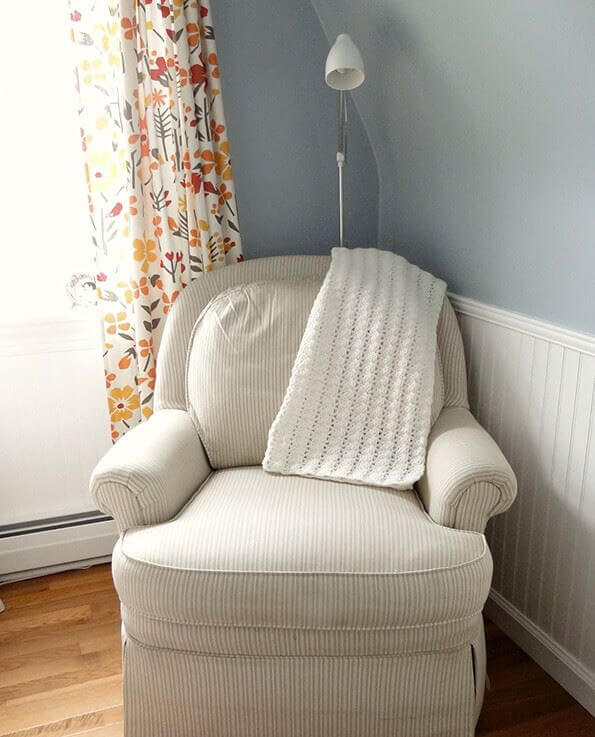
2. Acrylic
Acrylic is mostly used on wooden furniture, decorations and crafts. It is a type of water-based paint with color particles suspended in an acrylic polymer, thereby providing surfaces with high pigment loads and a smooth finish.
Acrylic paint gives surfaces elasticity, allowing them to resist chipping or cracking. However, frequent wear and tear can make the finish look old and worn out, which is why it is recommended only for furnishings with light to moderate use.
To ensure you get a great finish on your furniture pieces, use a primer and apply several coats of acrylic paint. Make sure each layer is completely dry before working on the next one.
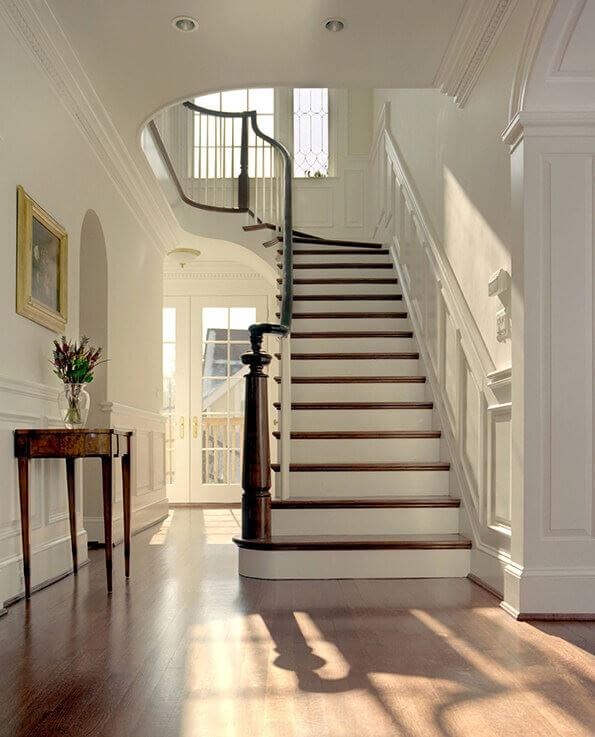
3. Latex
Latex is another popular type of paint used on wood. It is affordable, easy to apply and dries quickly. It also comes in a variety of hues.
However, latex is not as long-lasting as the other recommended paints, which is why it is only recommended for painting low-traffic areas, infrequently used furniture and exterior fixtures.
When using latex paint, sand the surface first and apply a primer for great results. You also need to choose the right finish to get the look you want for the wooden fixture or feature.

4. Water-Based
Like its latex counterpart, water-based paint, which include chalk, milk and alkyd, are easy to apply and fast-drying. However, they are more durable, long-lasting and less odorous. They also resist cracking and fading.
Because of these benefits, this paint is ideal for wooden furniture, cabinets, and other fixtures and can be used on both exterior and interior surfaces.
When using this product, you don’t need to pre-treat wooden surfaces unless they were previously painted with oil-based paint.
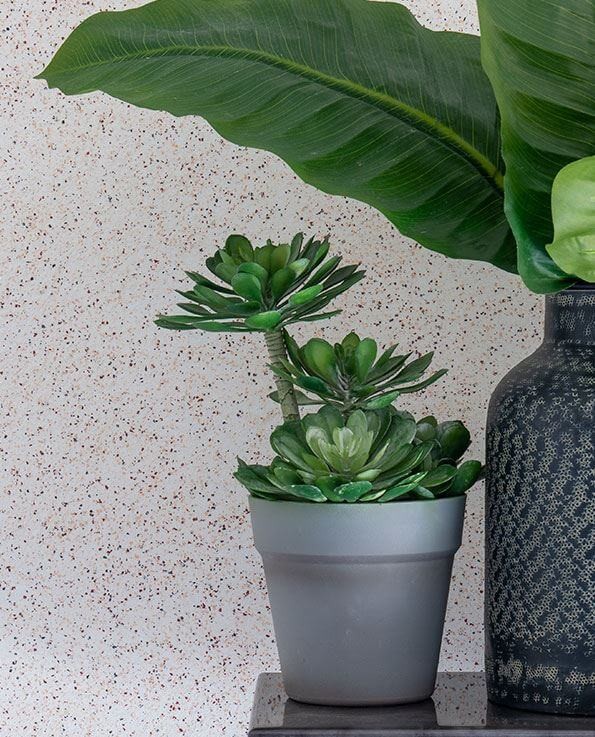
By fully understanding your project and knowing the benefits and qualities of the recommended paint types for wood projects, you can be sure you get the results you're looking for.
What Is the Best Paint for Wooden Decorations?
If you want to spruce up your wooden wall art, craft and decor, you won’t go wrong with acrylic, the most versatile paint.
As mentioned, acrylic works well on wood, dries quickly and is less odorous than oil-based paints. They have various hues that you can come up with different combinations to create unique shades and effects.
Acrylic is also the best paint to use if you want to give your wooden decorations a washed-out effect; simply dilute it with water and you’ll get the look you’re aiming for.
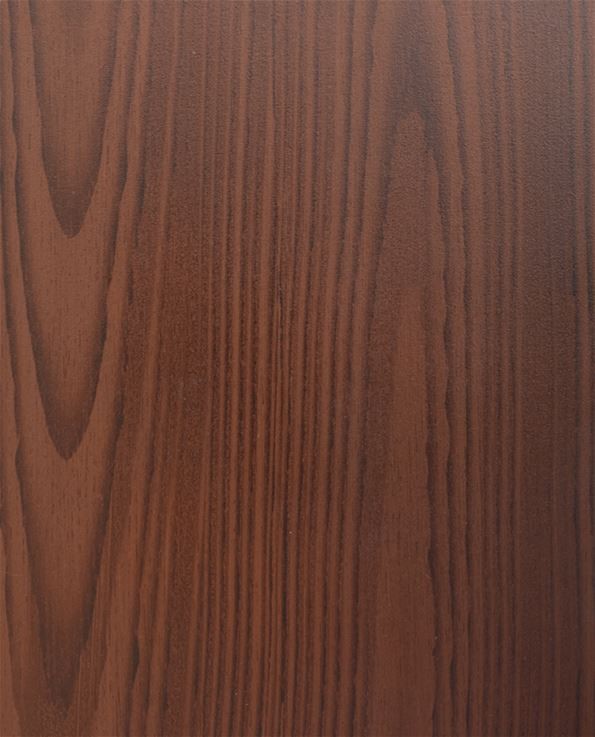
How Do You Prepare Wood for Decorative Painting?
Preparing the wooden surface or decoration correctly you get an appealing finish that can last for many years.
Start by ensuring the woodwork or wooden surface is free from dirt, dust and grime. Remove and fill any imperfections as well, including bubbles, flakes, cracks, and chips.
Make sure you thoroughly sand the wooden object or surface if it was previously painted.
How Do You Decorate Wood With Paint?
After cleaning and sanding the wooden decoration or furniture, follow these steps:
1. Apply the Primer
Applying a thin layer of primer helps seal the wood, making it easier to paint. This tip also makes light colors look more vibrant.
2. Paint the Background
After the primer has completely dried, apply the base layer. Choose one or more colors that will function as the background.
Use a wide, flat paintbrush to paint the wooden decoration. Make sure the paint is completely dry before applying a second coat and a third one if needed.
3. Add Details
Once the background layer is thoroughly dry, use a soft brush to add details or embellishments to the decoration. Be careful when doing this to ensure the adornments are well made and look great. Also, dip your paintbrush in water regularly to keep the bristles clean and soft.
4. Use Different Application Methods to Create Designs
Use different sizes and types of brushes to create designs on your project. Cloths, paint rollers, and sponges are also handy for creating unique embellishments and effects.
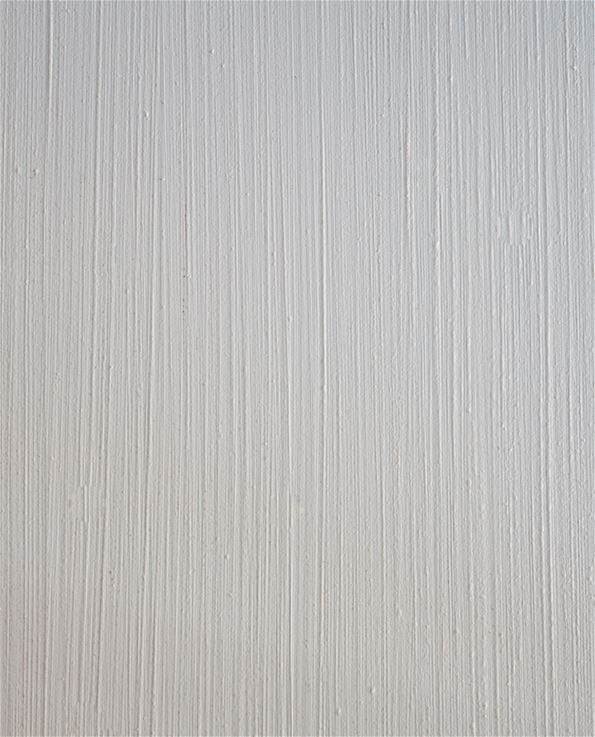
Painting wood can be a transformative and practical choice for various reasons. With this handy guide, you can get the results you want from your project.
For details about our selection of products suitable for wooden surfaces, furniture and decorations, contact the Equipaint team.
